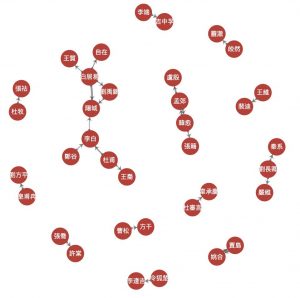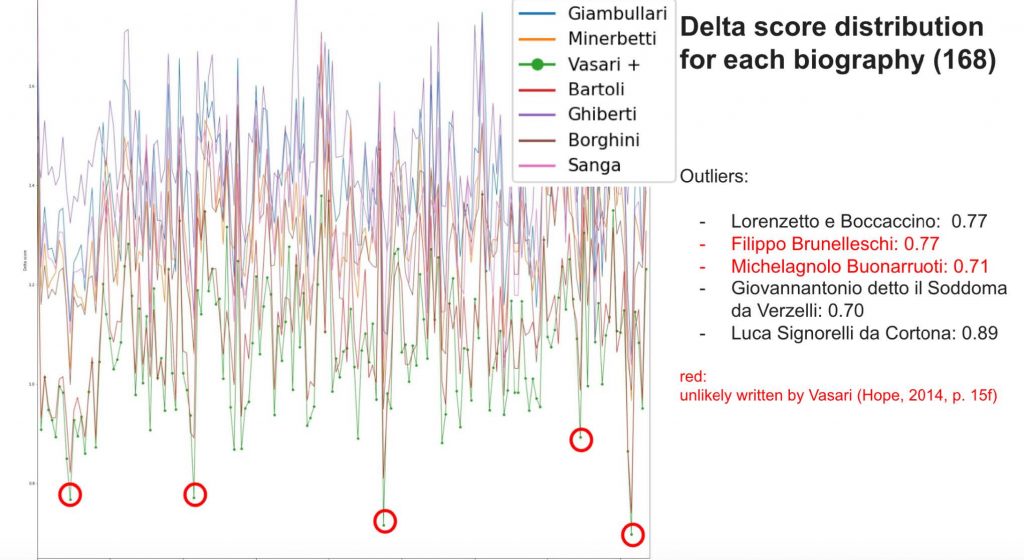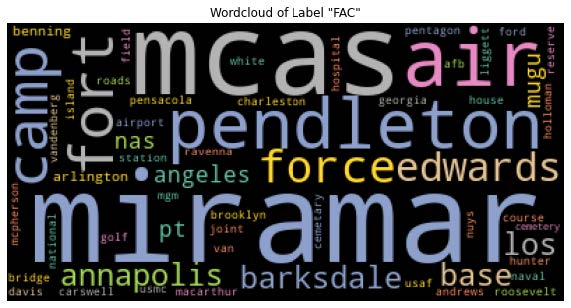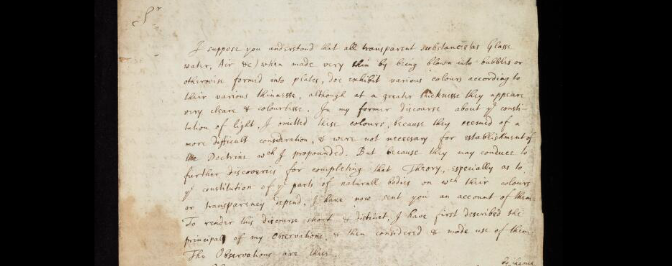Noé Durandard, Eva Laini, Elisa Michelet
The project traces the evolution of the term écologie within the French-speaking Swiss media landscape from the late 1960s onwards. The study employs word embedding to detect qualitative shifts in language usage and complements this with topic modeling to reveal the themes associated with ecology across different periods. It reveals how different political orientations in newspapers affect the presentation and depth of ecological issues, with left-leaning publications tending to offer more concrete and detailed discussions. The analysis identifies significant semantic changes, including shifts in meaning, the emergence of metaphors, and the development of new associations with écologie.
Hangqian Li, Junhong Li, Linyida Zhang

The project examines the social networks and community dynamics of poets during the Tang and Song dynasties. Using a meter-based segmentation method, the study constructs reliable corpora of Tang poems and Song lyrics to examine the poets’ relationships and the imagery they employed. By focusing on well-known poets like Wang Anshi and Su Shi, the research uncovers social networks within these communities and identifies common themes and locations referenced in their poetry. The findings offer some insights into the social and literary fabric of the two dynasties, highlighting the role of regional and thematic preferences in shaping the poetic landscape.
Michal Bien, Aurel Maeder, Ludovica Schaerf
 The project delves into the evolution of Swiss national identity from the 1820s to the 1950s, using a computational approach to analyze regional Swiss newspapers. The study spans critical periods in Swiss history, including the formation of the nation-state and significant developments through the mid-20th century. Employing TF-IDF n-gram extraction and longitudinal frequency analysis, it identifies how key terms related to Swiss identity emerged and shifted over time within the public discourse, as reflected in newspapers. The analysis highlights the impact of political, military, and cultural influences on the Swiss identity narrative, underscoring the interplay between internal dynamics and external factors in shaping national consciousness.
The project delves into the evolution of Swiss national identity from the 1820s to the 1950s, using a computational approach to analyze regional Swiss newspapers. The study spans critical periods in Swiss history, including the formation of the nation-state and significant developments through the mid-20th century. Employing TF-IDF n-gram extraction and longitudinal frequency analysis, it identifies how key terms related to Swiss identity emerged and shifted over time within the public discourse, as reflected in newspapers. The analysis highlights the impact of political, military, and cultural influences on the Swiss identity narrative, underscoring the interplay between internal dynamics and external factors in shaping national consciousness.
Anna Sophia Bauer, Zijun Cui, Marion Lehembre

The project investigates Giorgio Vasari’s authorship of “Lives” using computational methods, set against the backdrop of 16th-century norms where ghostwriting was common. The study explores whether Vasari was the sole author of the famous text, which documents the lives of prominent artists of his time. The research employs techniques like TF-IDF, Cosine Similarity, Burrow’s Delta Score, and Rolling Stylometry to analyze texts from Vasari and potential collaborators. Findings suggest Vasari’s strong influence on the main text, with evidence of contributions from others, notably in introductory sections. This underscores the collaborative nature of the era’s intellectual endeavors, indicating Vasari orchestrated “Lives” with significant input from his intellectual circle.
Ravinithesh Annapureddy, Asli Yörüsün

The project explores the collaboration between the U.S. Department of Defense (DoD) and Hollywood, focusing on the mutual benefits and the criteria for military support in film production. It is anchored in the Military-Hollywood Collaboration Database, supplemented by IMDb data, and utilizes methodologies like Named Entity Recognition (NER) and Aspect Based Sentiment Analysis (ABSA) to interpret the data. The analysis reveals that Hollywood benefits from access to military resources, like equipment and locations, which significantly reduce production costs. In return, films portray the U.S. military positively. The research also shows that the DoD tends to reject films with narratives that cast a negative light on the United States.
Grégoire Gavin, Maxime Jan, Graziano Conti Rossini

The project delves into Isaac Newton’s correspondence, examining the interplay between his scientific inquiries and theological beliefs. By combining distant and close reading methods, the study identifies specific theological vocabulary and extracts various themes from the letters. A historical analysis then interprets these findings, revealing how Newton tailored his correspondence based on the recipient and the nature of the topics discussed, ultimately aiming to harmonize his scientific inquiries with theological beliefs.